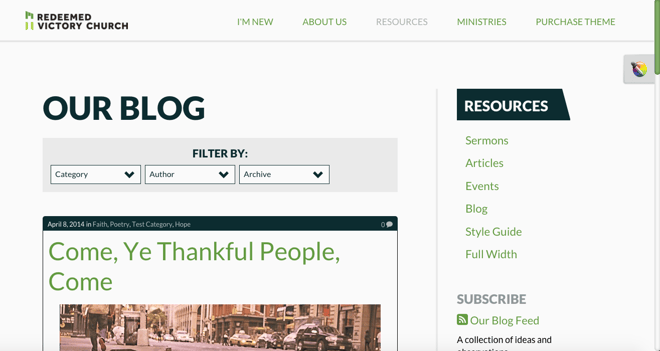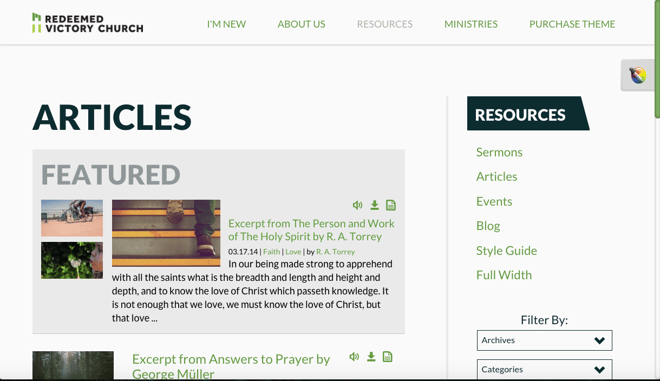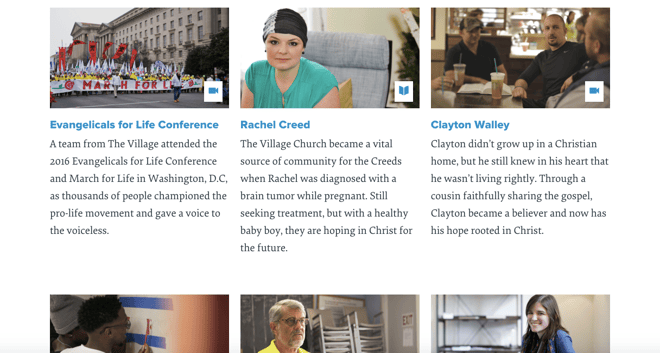
Today, I get to do one of my favorite things and answer an actual question from our customers. We want to take a minute and answer a popular customer question: “What’s the difference between an article and a blog post?” Even if you’re not an Ekklesia 360 customer, this post should help you think through your website content. But I think this will be especially helpful to those of you who are already using our CMS.
We talked to our Onboarding team, and the Help and Support team and we came up with this answer for you. We have thought this out for you and developed a very thorough Support document to help you choose between these 2 content templates. They both function differently, and I’d like to help you figure out how to choose one over the other.
In addition to the help document above, we’ve got some explanations and examples to give you a clear picture of how to use the two different parts of your church website!
Blogs Vs. Articles on a Church Website
Blogs in Your CMS: A Dialogue

One of the most distinct characteristics of a blog is the fact that it’s supposed to feel like more of a conversation. Typically, a blog post is a first-person narrative; it’s your opportunity to share your stories, ideas, opinions, and provide a place for others to join that conversation. Usually blogs are written from one person in particular––the head pastor, the youth pastor, etc.––not from the church as a whole.
Often, blog posts occur in a more or less chronological timeline, and a single idea or story can span multiple blog posts––as many as you’d like, really! There’s a lot of flexibility in a blog. That freedom comes from the unlimited number of posts, styles, and updates.
For example, if you choose to write about a mission trip, you’re able to share your opinion and give your reasons for caring. Pretend you’re sitting somewhere comfortable and speaking to the reader. How would you keep their interest, tell your story, and connect it back to them. Ask questions and provide food for thought.
You don’t have to limit the blog post to just your experience with the topic. Feel free to post a couple more stories, interviews, outside opinions, and context about that mission trip.
Within your blog dialogue, you really are allowed to do whatever you want. It’s your chance to showcase your church website’s true voice and to really engage with other readers online in the comments, as well.
Articles in Your CMS: A Position

Articles, on the other hand, have a different approach. The personal approach is swapped out for content written in the second- or third-person (or perhaps first-person plural). You can use articles to share an educational approach to your topic with media-heavy supplements within that content.
Articles are usually more static and live in a particular place on your website. Articles usually have a link somewhere within your site menu or from a list of content somewhere. You can take this opportunity to discuss positions of the church on certain issues, like a position paper from the senior pastor, for example.
To stick with the mission trip example, there’s a few things you want to keep in mind if you want to keep it sounding like an article. For one, you want to hold back on the multiple-sided approach and post just once before it leads the reader to an action you want them to do, like sign up for a future trip.
This is where you’d put content like “How to Prepare for a Mission Trip” or a page about “Grace Church and Missions.” You could include some of the more theological essays or reasons people might consider going on (or funding) a mission trip.









